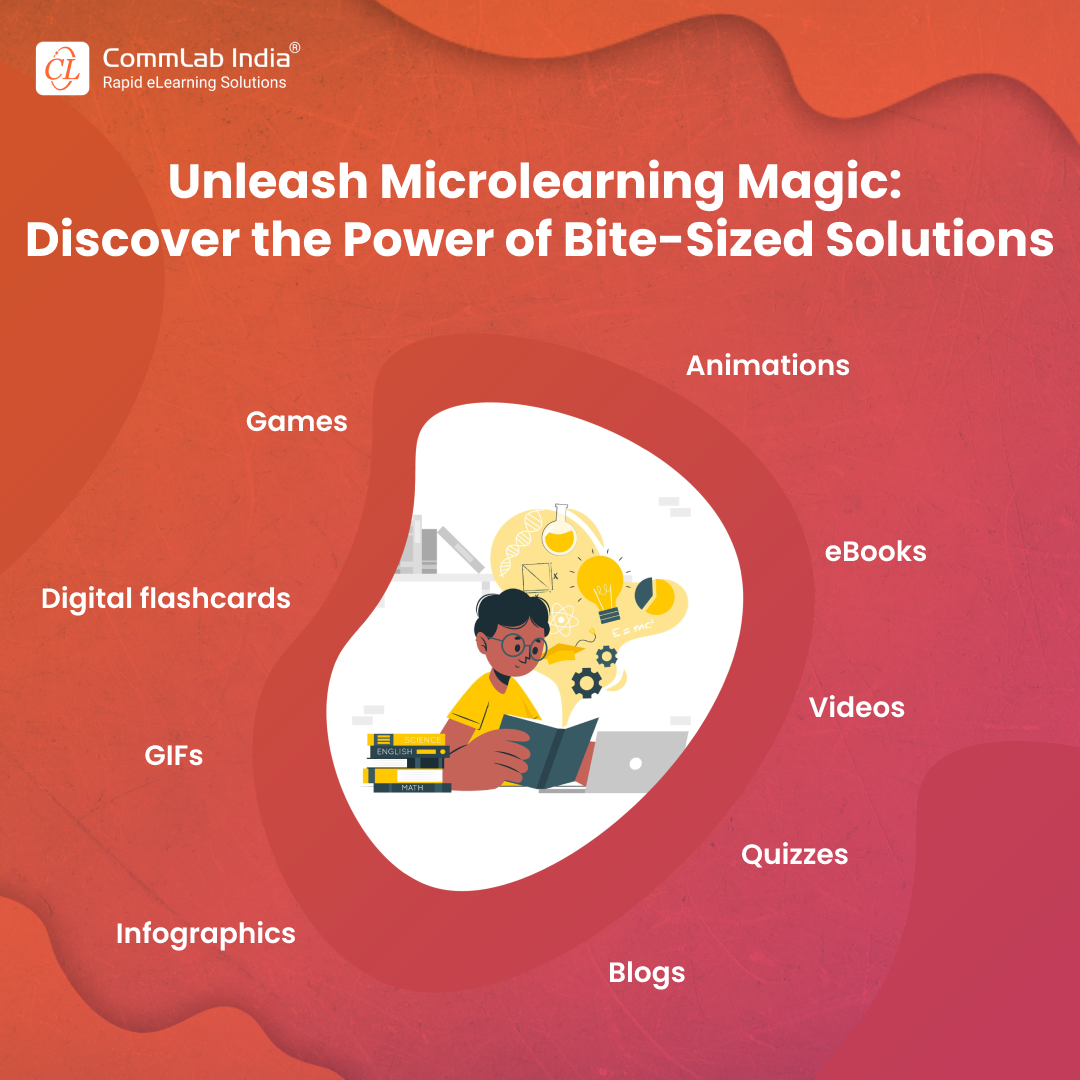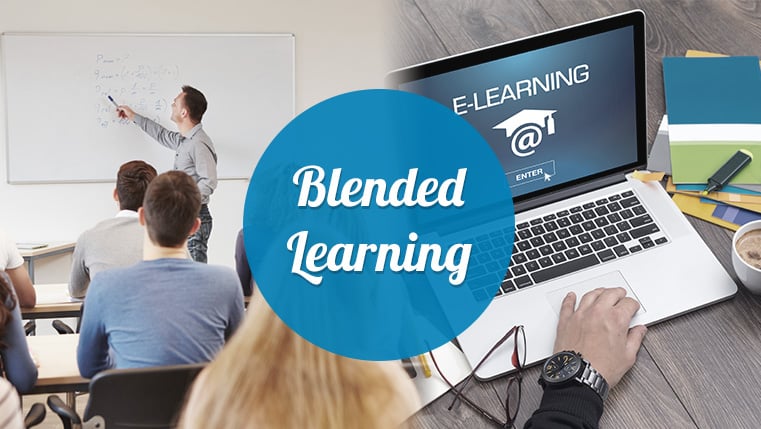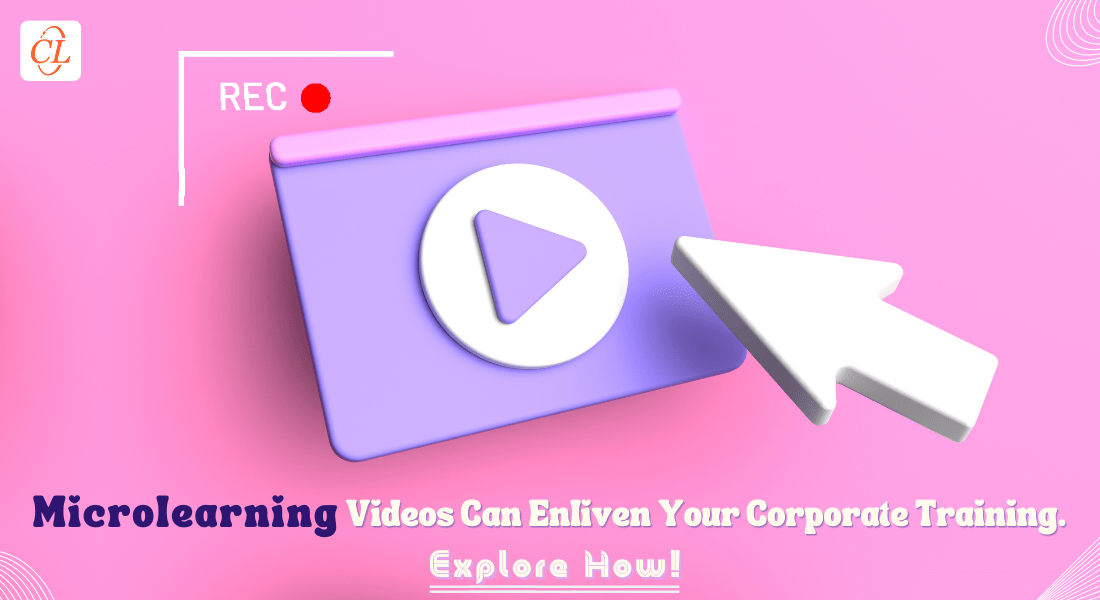How Rapid eLearning Enhances the Development of Gen Z Preferred Training Formats

Gen Z will dominate the corporate workforce in the future so organizations might have to start considering their preferences. There are multiple training formats that are capable of gathering the interest of Gen Z and eLearning is one of the top training strategies because of the variations it offers. Developing a personalized eLearning course might consume a lot of training budget and time and here’s when rapid eLearning solutions come into play. Rapid eLearning can utilize the power of authoring tools and various instructional design strategies to develop training courses in the modern formats preferred by Gen Zs.
Rapid eLearning Can Rev up the Development of Various Training Formats
Let’s consider these 4 training formats as they are popular among Gen Z:
- Video-based learning
- Scenario-based learning
- Gamification
- Microlearning
Top 4 Rapid eLearning Formats to Engage Gen Z Employees
1. Video-based Learning
Gen Z loves videos, well who doesn’t, but when it comes to learning only with the help of videos, not everyone can pull it off. Videos are relatively one of the most preferred formats through which this generation gains information, irrespective of the subject. For the past 5 years, there has been a significant boost in the number of channels on YouTube that upload eLearning content, all because of Gen Z and their learning preferences. All the eLearning platforms have started to include video lessons in their eLearning courses due to the high demands, and the results have been productive.
If you are also planning to deliver eLearning courses to train your Gen Z workforce and you want to develop personalized courses quickly, you can opt for rapid eLearning solutions without a second thought. By leveraging the power of rapid eLearning authoring tools, you can easily develop video-based eLearning courses as per your requirements. For example, if you have a lot of video lectures or multiple short raw videos explaining different tasks, you can merge those videos, add the relevant texts, and even incorporate various interactives for enhanced engagement and retention.
2. Scenario-based Learning
The modern workforce prefers to interact with their course and choose their own path. Scenario-based learning is a form of online training where the learners experience different real-life situations and figure out the solutions first-hand. This is one of the most popular formats to train sales employees and customer support teams because they get to face a variety of clients, and each client will have their own requirements. When the employees are already trained to perform effectively under certain problematic scenarios, it makes them more confident and productive.
Developing scenario-based learning courses quickly is a challenge on its own because you have to create various characters, work environments, various paths, multiple responses, and key takeaways. Modern rapid eLearning authoring tools have a lot of built-in templates, avatars, icons, and backgrounds that can help you replicate multiple real-life environments. There are a lot of advanced features to make these scenarios interactive and engaging, without creating the assets from scratch.
Learn more about scenario-based learning through this free webinar recording.
3. Gamification
Gen Z has spent their whole childhood alongside various digital devices like PlayStations, Nintendo Gameboys, gaming desktops, and even arcade machines, so their interest in games is immense. In the later stages of their lives, smartphones were introduced and now they are arguably the best modern technological advancement ever. If you want to engage these learners, gamifying their eLearning courses is a great idea. To gamify a course, you just have to add various game elements like awards, levels, points, checkpoints, and leaderboards to your modules, either midway or for post-course assessments.
To create rapid eLearning courses and gamifying them, the first thing you should do is decide on the instructional design of your course. Various aspects like which element will be added to what part of the course and how the course will proceed are the primary considerations. After the course’s design and flow are decided, the next big thing is to come up with interactive gamified assessments. The learners get a competitive environment because of the game elements and they tend to perform better than usual because game elements are meant to be engaging, especially for the generation who grew up playing various games.
4. Microlearning
Modern learners have an attention span that is relatively shorter than the boomers of the organization, hence they might leave the training incomplete if it is long with very limited interactivities. Trimming and segregating the important content from your long courses and delivering them as tiny chunks can help these learners consume the information efficiently and retain it for a longer period of time. Microlearning assets can be of different types like how-to-videos, infographics, flashcards, audio podcasts, and content slides. Microlearning assets are usually built with a mobile-first design or at least they are responsive in nature to incorporate mLearning (mobile learning) effectively.

Rapid eLearning leverages the power of modern authoring tools and their advanced features to create these microlearning assets and ensure they are efficiently utilized for performance support or standalone courses. These rapid authoring tools can create mobile-preferred courses or enable responsive course design without the pain of complex coding so that it allows the learners to access their training whenever and wherever they want, facilitating flexible and spaced learning. Microlearning and mobile learning are one of the most powerful duos to engage modern learners in their training sessions and promote a strong learning culture within an organization.
Wrapping Up!
After millennials, Gen Zs are supposed to be the future leaders of the world, so training these learners to unleash their best potential is a crucial task and rapid eLearning ensures a considerable part of the process is successful. There are various training formats and strategies to engage these modern learners, so mixing up these strategies can be a good idea as well.
When all these formats are combined to create a perfect blended learning program for effective training, it might turn out as your best catch. Everyone will eventually have something to engage them when there are multiple formats and strategies incorporated for training a huge pool of learners. If this sounds like a good option, you can refer to this eBook to understand how blended learning can enhance the performance of your employees.
Editor’s note: This post was originally published in December 2022 and has been updated for comprehensiveness.





